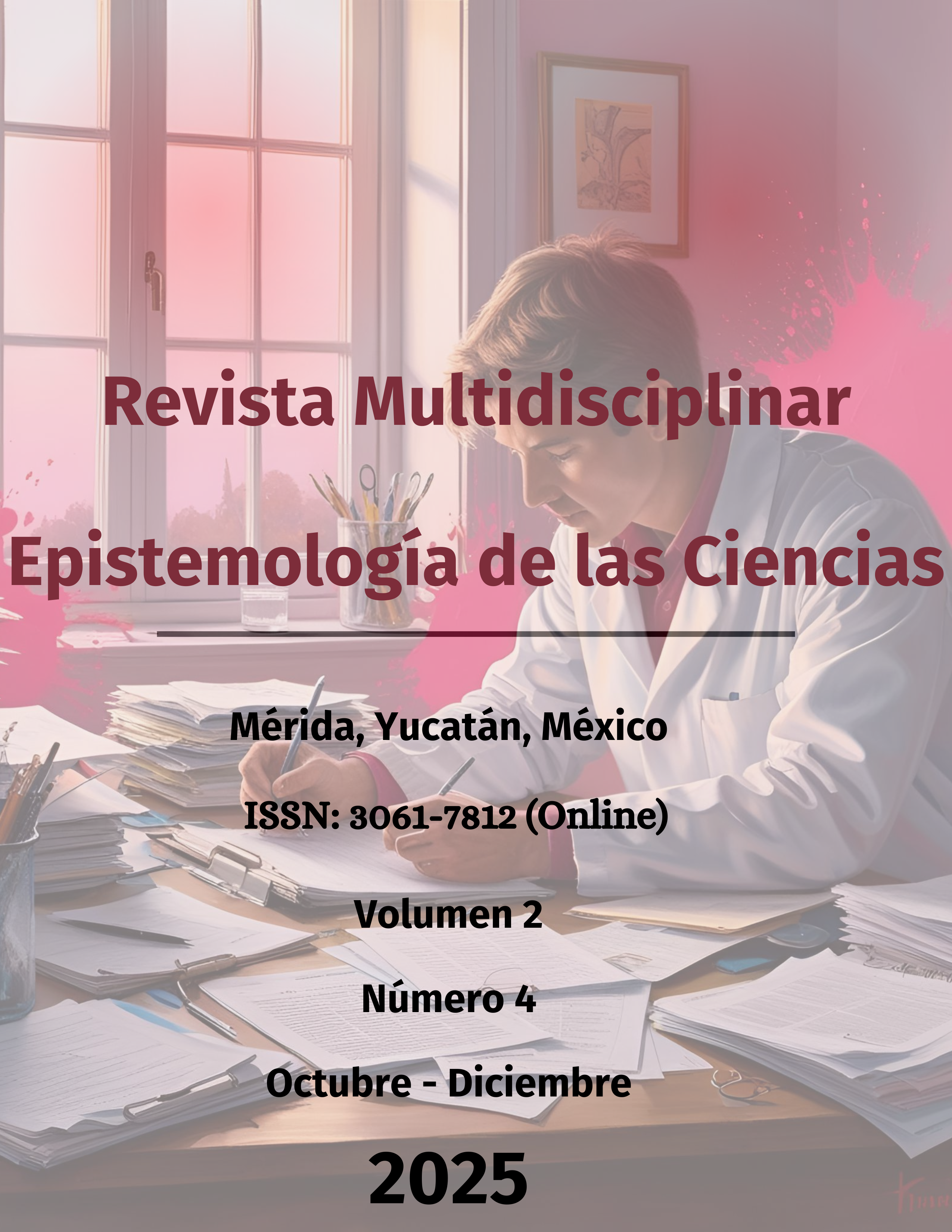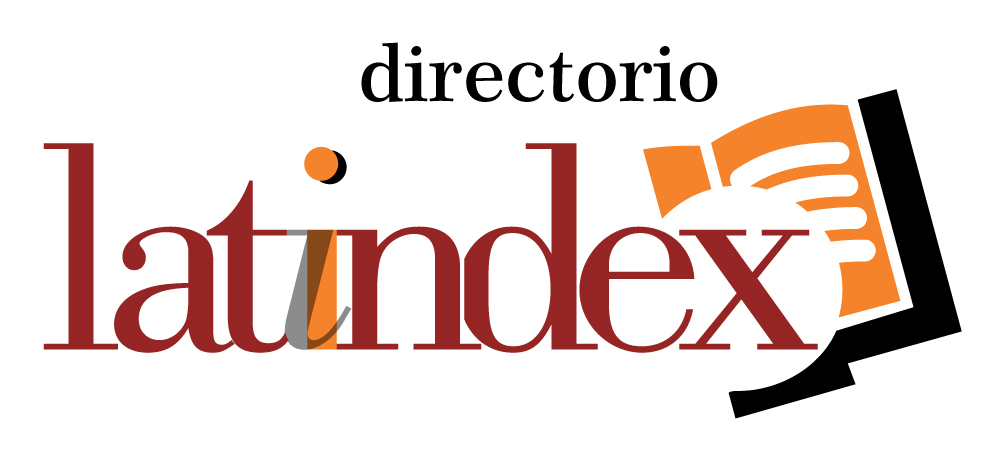Enhancing semantic competence in future english teachers: the impact of infographics as an educational resource
DOI:
https://doi.org/10.71112/01j1n814Keywords:
teacher training in languages, linguistics, semantic competence, digital tools, infographicAbstract
The study aims to strengthen semantic competence in future teachers of English as a foreign language through the creation of infographics as an empowering resource. A qualitative paradigm with an action-research design was adopted, employing systematic observation and focus groups as techniques, in addition to questionnaires, worksheets, and infographics as instruments. The sampling was non-probabilistic by convenience, with a descriptive scope and cross-sectional temporality. Prior to the intervention, students demonstrated limited knowledge of semantics, minimal use of infographics, and predominantly negative perceptions. Following the focus group work, it was evidenced that infographics in foreign languages enhance comprehension and memory by integrating word, image, and context, simplifying content, facilitating inferences, and promoting learning. Furthermore, their use in English combines cognitive and linguistic strategies that strengthen understanding, contextual language use, and long-term retention, fostering meaningful learning that can be transferred to real-life situations.
Downloads
References
Alrwele, N. S. (2017). Effects of infographics on student achievement and students’ perceptions of the impacts of infographics. Journal of Education and Human Development, 6(3), 104–117. https://doi.org/10.15640/jehd.v6n3a12 DOI: https://doi.org/10.15640/jehd.v6n3a12
Anguera, M. T., Villaseñor, A., Jonsson, G., Losada, J. L., & Portell, M. (2019). Systematic observation: Engaging researchers in the study of daily life as it is lived. Frontiers in Psychology, 10(864). https://doi.org/10.3389/fpsyg.2019.00864 DOI: https://doi.org/10.3389/fpsyg.2019.00864
Anexo 19. Plan de Estudio de la Licenciatura en Enseñanza y Aprendizaje del Inglés, No. ACUERDO número 16/08/22, 64 (2022). https://dgesum.sep.gob.mx/acuerdo160822
Borg, S. (2018). Teacher cognition and language education: Research and practice. Bloomsbury Academic.
Canale, M., & Swain, M. (1980). Theoretical bases of communicative approaches to second language teaching and testing. Applied Linguistics, 1(1), 1–47. https://doi.org/10.1093/applin/I.1.1 DOI: https://doi.org/10.1093/applin/1.1.1
Celce-Murcia, M., Dornyei, Z., & Thurrell, S. (1995). Communicative competence: A pedagogically motivated model with content specifications. Issues in Applied Linguistics, 6(2), 5–35. https://doi.org/10.5070/L462005216 DOI: https://doi.org/10.5070/L462005216
Chomsky, N. (1965). Aspects of the theory of syntax. MIT Press. https://www.jstor.org/stable/j.ctt17kk81z DOI: https://doi.org/10.21236/AD0616323
Chun, D. (2011). Computer-assisted language learning. In Hinkel, E. (Ed.), Handbook of Research in Second Language Teaching and Learning (pp. 663–680). Routledge.
Cohen, L., Manion, L., & Morrison, K. (2011). Research methods in education (7th ed.). Routledge.
Cohn, N. (2012). Visual narrative structure. Cognitive Science, 37(3), 413–452. https://doi.org/10.1111/cogs.12016 DOI: https://doi.org/10.1111/cogs.12016
Creswell, J. W. (2013). Qualitative inquiry and research design: Choosing among five approaches (3rd ed.). SAGE Publications, Inc.
Fandiño, Y. J. (2017). Formación y desarrollo docente en lenguas extranjeras: Revisión documental de modelos, perspectivas y políticas. Educación y Educadores, 22(1), 122–143.
Gobierno del Estado de México. (2024). Licenciatura en Enseñanza y Aprendizaje del Inglés [Sitio web]. https://normalatlacomulco.edomex.gob.mx/lic-ensenanza-aprendizaje-ingles
Godwin-Jones, R. (2011). Emerging technologies: Autonomous language learning. Language Learning & Technology, 15(3), 4–11. https://doi.org/10125/44255 DOI: https://doi.org/10.64152/10125/44255
Halliday, M. A. K. (1978). Language as social semiotic: The social interpretation of language and meaning. Edward Arnold.
Halliday, M. A. K., & Matthiessen, C. M. I. M. (2013). Halliday’s introduction to functional grammar (4th ed.). Routledge. DOI: https://doi.org/10.4324/9780203431269
Hampel, R., & Stickler, U. (2015). Developing online language teaching: Research-based pedagogy and practice. Palgrave Macmillan. DOI: https://doi.org/10.1057/9781137412263
Hernández, S. R., Collado, F. C., & Baptista, M. del P. (2014). Metodología de la investigación (6a ed.). McGraw-Hill.
Kemmis, S., McTaggart, R., & Nixon, R. (2014). The action research planner: Doing critical participatory action research. Springer. DOI: https://doi.org/10.1007/978-981-4560-67-2
Kramsch, C. (1998). Language and culture. Oxford University Press.
Kramsch, C. (2009). The multilingual subject: What foreign language learners say about their experience and why it matters. Oxford University Press.
Krashen, S. (1982). Principles and practice in second language acquisition. Pergamon Press. DOI: https://doi.org/10.1111/j.1467-971X.1982.tb00476.x
Kress, G., & van Leeuwen, T. (2006). Reading images: The grammar of visual design. Routledge. DOI: https://doi.org/10.4324/9780203619728
Krueger, R., & Casey, M. A. (2009). Focus groups: A practical guide for applied research (4th ed.). SAGE. DOI: https://doi.org/10.3138/cjpe.024.007
Larranz, R. (2010). Infografías como recursos didácticos. Cuaderno Intercultural [Dataset]. http://www.cuadernointercultural.com/infografias-recurso-didactico/
Lewin, K. (1946). Action research and minority problems. Journal of Social Issues, 2(4), 34–46. https://doi.org/10.1111/j.1540-4560.1946.tb02295.x DOI: https://doi.org/10.1111/j.1540-4560.1946.tb02295.x
Littlewood, W. (2004). The task-based approach: Some questions and suggestions. ELT Journal, 58(4), 319–326. https://doi.org/10.1093/elt/58.4.319 DOI: https://doi.org/10.1093/elt/58.4.319
Mayer, R. E. (2020). Multimedia learning. Cambridge University Press. DOI: https://doi.org/10.1017/9781316941355
Morgan, D. (1998). Planning focus groups. SAGE Publications, Inc. https://sk.sagepub.com/book/mono/planning-focus-groups/toc DOI: https://doi.org/10.4135/9781483328171
Nation, I. S. P. (2012). Learning vocabulary in another language. Cambridge University Press. https://doi.org/10.1017/CBO9781139524759 DOI: https://doi.org/10.1017/CBO9781139524759
Reinders, H., & White, C. (2010). The theory and practice of technology in materials development for language learning. In Harwood, N. (Ed.), English Language Teaching Materials: Theory and Practice (pp. 58–80). Cambridge University Press.
Schumacher, S. (2005). Investigación educativa: Una introducción conceptual (5a ed.). Pearson Educación.
Sivila, E. (2023). Infografías como recurso didáctico en educación superior. Revista Científica Multidisciplinaria, 7(5), 7404–7422. https://doi.org/10.37811/cl_rcm.v7i5.8325 DOI: https://doi.org/10.37811/cl_rcm.v7i5.8325
Smiciklas, M. (2012). The power of infographics: Using pictures to communicate and connect with your audiences. Que Pub.
Taylor, S. J., & Bogdan, R. (1994). Introducción a los métodos cualitativos de investigación: La búsqueda de significados. Ediciones Paidós.
Vygotsky, L. (1978). Mind in society: The development of higher psychological processes. Harvard University Press.
Downloads
Published
Issue
Section
License
Copyright (c) 2025 Multidisciplinary Journal Epistemology of the Sciences

This work is licensed under a Creative Commons Attribution 4.0 International License.











